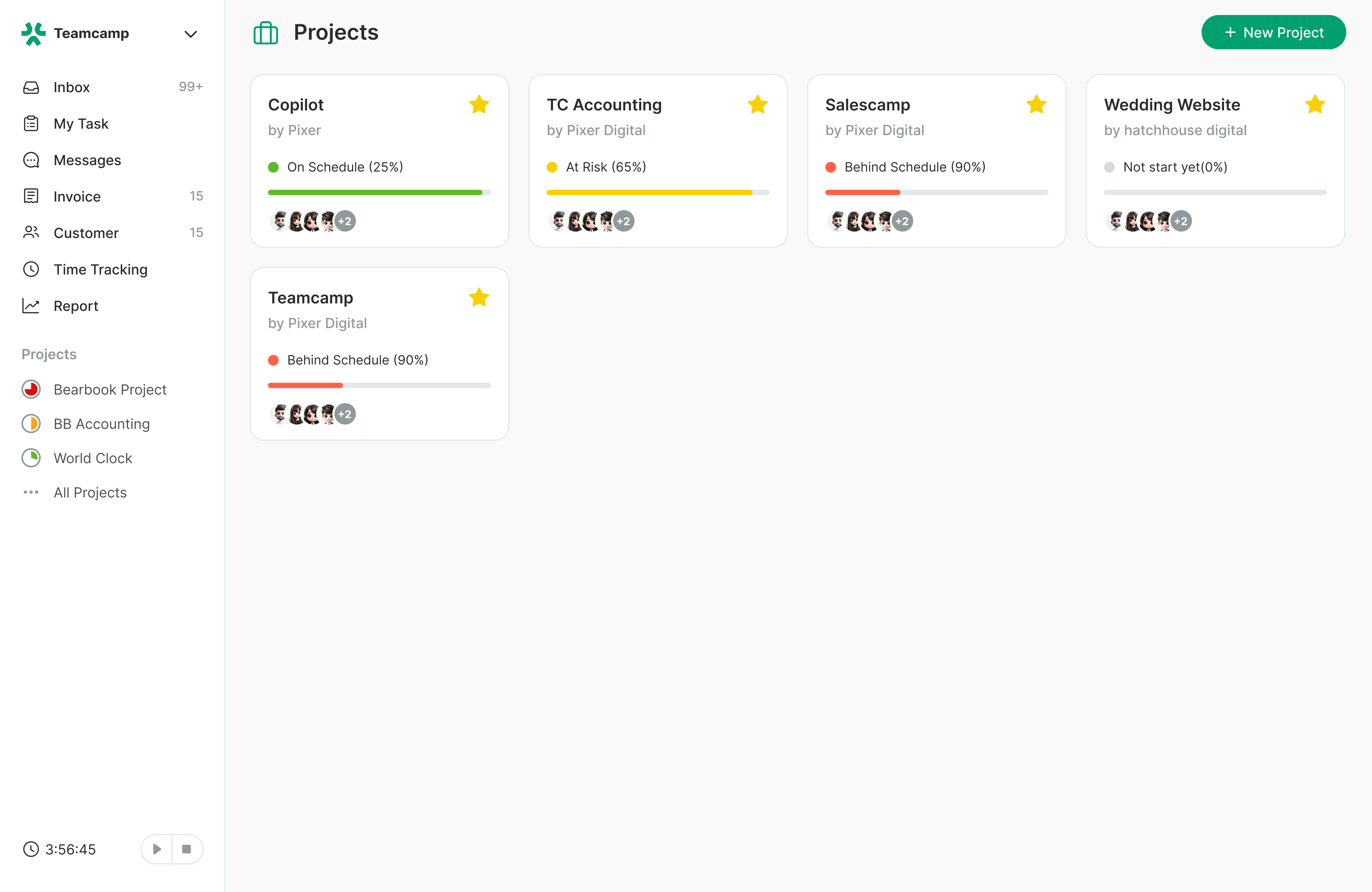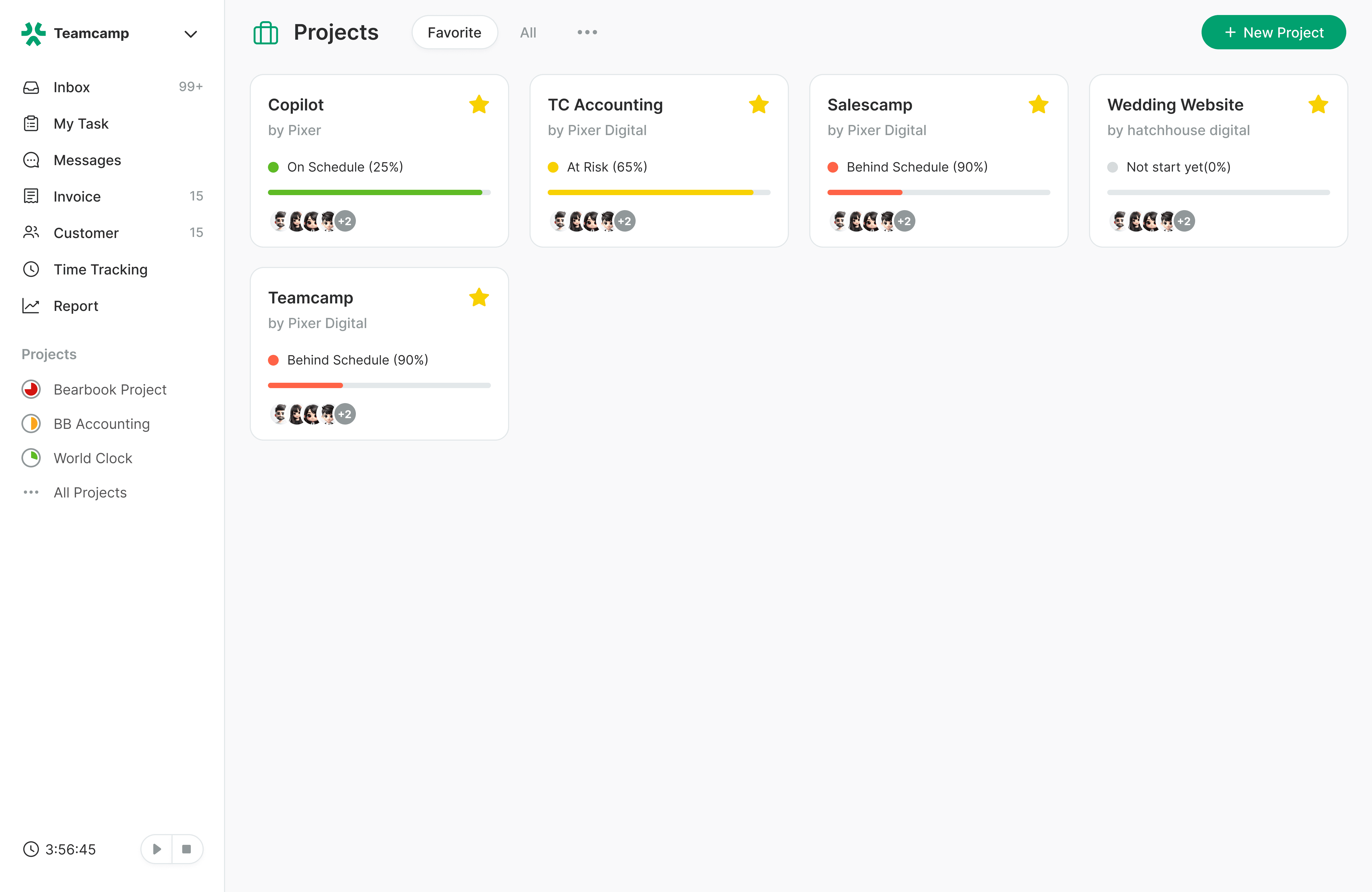RICE Revealed: How to Use Reach, Impact, Confidence, and Effort for Decision-Making
Introduction
In product development, project prioritization can be a formidable challenge. Amid a constant influx of ideas, features, and projects competing for attention, teams must allocate their resources wisely and focus on initiatives that promise the most substantial impact.
This is where the RICE framework steps in to provide guidance. RICE, representing Reach, Impact, Confidence, and Effort, is a potent tool for enabling data-driven decisions on project prioritization. This comprehensive guide will delve into the RICE framework, thoroughly exploring its components and how to apply them effectively for informed decision-making.
Understanding the RICE Framework
What is RICE?
The RICE framework is a systematic approach to project prioritization. It provides a structured way to evaluate and rank projects or ideas based on specific criteria, allowing teams to decide where to allocate their time, resources, and efforts.
At its core, RICE helps answer the question: "Given our available resources and limits, which project will have the most impact on our objectives?"
The Components of RICE
RICE consists of four key components, each representing a different aspect of a project's potential and feasibility:
Reach (R): How many people or users will this project affect?
Impact (I): What is the potential impact or benefit of the project on your goals?
Confidence (C): How confident are your Reach and Impact estimations?
Effort (E): How much time and effort will it take to complete the project?
Let's take a closer look at each component of the RICE framework to understand how they work together.
Reach (R) - Defining the Audience
Exploring Reach (R)
Reach, the first component of RICE focuses on the size of the audience or user base that a project will affect. It helps teams understand the scale of the project's impact on users, customers, or stakeholders.
Why is Reach important?
Reach is crucial because it determines the potential scale of the impact. Even a project with a high impact might not be worth pursuing if it only reaches a small audience.
Calculating Reach (R)
To calculate the Reach score, you can use quantitative data and metrics such as:
The number of users affected
The percentage of your user base impacted
Market segmentation data
Let's consider an example:
Suppose you're working on a website redesign project. If the website has one million monthly visitors, and the redesign will affect all of them, your Reach score would be one million.
Impact (I) - Assessing the Potential
Understanding Impact (I)
The Impact component of RICE evaluates a project's potential benefits or outcomes. It assesses how much a project can move the needle regarding your goals, whether related to revenue, user engagement, or other key performance indicators (KPIs).
Why is Impact important?
Impact helps you prioritize projects that have the potential to make a significant difference. It ensures that you focus your resources on initiatives that align with your strategic objectives.
Measuring Impact (I)
Measuring Impact requires a quantitative approach. You can use metrics and KPIs that are relevant to your project. For example:
Projected revenue increase
Expected user engagement improvement
Conversion rate optimization
Let's continue with the website redesign example:
Suppose the website redesign is expected to increase the conversion rate by 10%. If your current conversion rate is 5%, your projected Impact score would be 10.
Confidence (C) - Gauging Certainty
Gauging Confidence (C)
Confidence assesses your confidence about the Reach and Impact estimations you've made. It helps account for uncertainties in your decision-making process.
Why is Confidence important?
Confidence is essential because it acknowledges that estimations are not always precise. Some projects may have high Reach and Impact potential, but if you need more confidence in your estimates, there's a higher risk of misallocating resources.
Factors Affecting Confidence (C)
Several factors can influence Confidence:
Data Quality: The reliability of data used for estimations.
Past Experiences: Your team's track record with similar projects.
Expert Opinions: Input from subject matter experts.
To increase Confidence, you can gather more data, conduct thorough research, or seek external expertise.
Effort (E) - Estimating Resources
Estimating Effort (E)
Effort quantifies the resources, time, and effort required to complete a project. It helps you understand the feasibility of execution.
Why is Effort important?
Effort ensures that you consider the practical aspects of project execution. A project with high Reach and Impact might be unfeasible if the required Effort is within your available resources.
Measuring Effort (E)
Estimating Effort involves breaking the project into tasks and assessing the time and resources needed. You can use methods such as:
Task breakdown and estimation
Resource allocation planning
Historical data from similar projects
Returning to the website redesign example:
Suppose the website redesign project is estimated to take three months of work by three designers and developers. Your Effort score would be three.
Putting RICE into Action
Calculating RICE Scores
With Reach (R), Impact (I), Confidence (C), and Effort (E) in hand, you can calculate the RICE score for each project using the following formula:
RICE Score = (Reach × Impact × Confidence) / Effort
Let's calculate the RICE score for the website redesign project using our previous values:
Reach (R) = 1,000,000
Impact (I) = 10
Confidence (C) = 70% (0.7)
Effort (E) = 3
RICE Score = (1,000,000 × 10 × 0.7) / 3 = 2,333,333.33 The website redesign project has a RICE score of approximately 2,333,333.33.
Prioritization and Decision-Making
Once you have RICE scores for multiple projects, you can prioritize them based on their scores. Higher RICE scores indicate greater potential impact relative to the effort required. Projects with higher RICE scores should be prioritized.
It's important to note that RICE scores are not static. As you gather more data and your confidence in estimations improves, you can recalculate RICE scores to make more accurate decisions.
Common Pitfalls and Challenges
Challenges in Using RICE
While the RICE framework is a valuable tool, it's not without its challenges and potential pitfalls:
Data Limitations: Limited or inaccurate data can impact Reach, Impact, and Confidence estimations.
Subjective Confidence Ratings: Confidence ratings can be subjective and may vary among team members.
Changing Project Dynamics: Project details and requirements can change over time, affecting Effort estimations.
Tips for Overcoming Challenges
To make the most of the RICE framework and address these challenges, consider the following tips:
Data Validation: Continuously validate and update your data sources to improve the accuracy of your estimations.
Cross-functional collaboration: Involve experts from various departments to provide input on Reach, Impact, and Effort.
Regular Reviews: Periodically review and update Confidence ratings as you gather more information and experience.
Flexibility: Be prepared to adapt and recalculate RICE scores as project details evolve.
Real-World Examples
To illustrate the practical application of the RICE framework, let's explore a couple of real-world examples:
Example 1: Mobile App Feature Prioritization
Imagine a mobile app development team prioritizing new features for their app. They evaluate three potential features:
In-App Chat: Estimated to reach 500,000 users, with a potential impact score of 8, Confidence of 80%, and Effort score of 5.
Push Notifications: Estimated to reach 1,000,000 users, with a potential impact score of 6, Confidence of 70%, and Effort score of 3.
Offline Mode: Estimated to reach 200,000 users, with a potential Impact score of 9, Confidence of 90%, and Effort score of 8.
Let's calculate the RICE scores for each feature:
In-App Chat: RICE = (500,000 × 8 × 0.8) / 5 = 640,000
Push Notifications: RICE = (1,000,000 × 6 × 0.7) / 3 = 1,400,000
Offline Mode: RICE = (200,000 × 9 × 0.9) / 8 = 202,500
Based on RICE scores, the team would prioritize the "Push Notifications" feature as it has the highest score, indicating the most significant impact relative to effort.
Example 2: Content Marketing Strategy
A content marketing team is deciding on its next content strategy. They consider three options:
Blog Series: Estimated to reach 50,000 readers, with a potential impact score of 7, Confidence of 75%, and Effort score of 3.
Video Series: Estimated to reach 20,000 viewers, with a potential impact score of 9, Confidence of 80%, and Effort score of 5.
Podcast Series: Estimated to reach 30,000 listeners, with a potential impact score of 8, Confidence of 70%, and Effort score of 4.
Calculating the RICE scores:
Blog Series: RICE = (50,000 × 7 × 0.75) / 3 = 262,500
Video Series: RICE = (20,000 × 9 × 0.8) / 5 = 288,000
Podcast Series: RICE = (30,000 × 8 × 0.7) / 4 = 420,000
The team would prioritize the "Podcast Series" in this scenario due to its higher RICE score, indicating a more significant potential impact.
Conclusion
The RICE framework is a valuable tool that empowers teams to make data-driven decisions regarding project prioritization. By systematically evaluating Reach, Impact, Confidence, and Effort, organizations may ensure that resources are allocated properly and that activities are focused on projects that correspond with their strategic objectives.
As you incorporate the RICE framework into your decision-making process, remember that it's not a one-time solution but an iterative approach. Regularly revisit and recalculate RICE scores as you gather more data and refine your estimations. This adaptability will allow you to respond to changing project dynamics and maximize the effectiveness of this strong prioritizing tool.
In a world where resources are limited and choices are abundant, the RICE framework reveals a path to prioritize projects that genuinely matter, maximize impact, and drive your organization toward its goals. So, embrace RICE, and let data guide your decisions to success.


